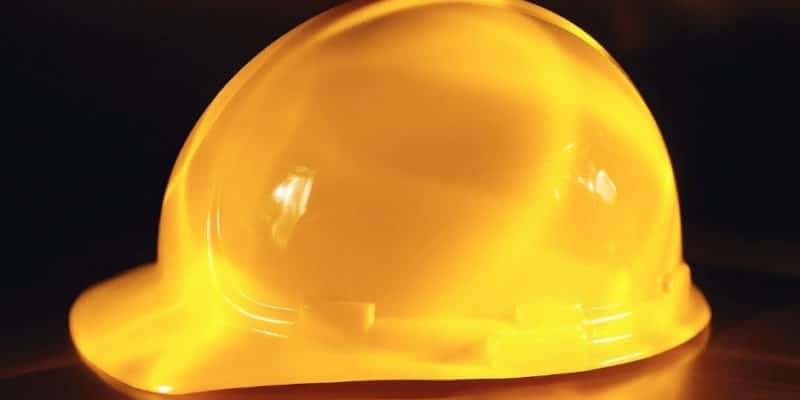Mayer Brown | 8/19/22
Authors – Amanda L. Rosenberg, Lauren A. Bachtel and Daniel T. Kiely
The Inflation Reduction Act of 2022 (IRA), which was signed into law by President Joe Biden on August 16, 2022, has the potential to shape offshore wind development for the foreseeable future. Among other things, the IRA modifies the investment tax credit requirements for offshore wind projects, ties offshore wind leasing to offshore oil and gas leasing while also opening new areas for potential offshore wind development, and appropriates additional funds for the planning and development of interregional electricity transmission and transmission of electricity generated by offshore wind.
Tax Credits
There are now more onerous requirements for offshore wind projects to qualify for investment tax credits (ITCs) at the full rate but a renewed opportunity to claim production tax credits (PTCs).
Previously, offshore wind projects under construction by the end of 2025 qualified for a 30% ITC but were ineligible for PTCs at the full rate unless they were under construction by the end of 2016. Wind projects under construction between 2017 and 2021 qualified for PTCs at a reduced rate. Most offshore wind projects are expected to claim the ITC given the high capital costs of constructing such projects.
Now, offshore wind projects under construction by the end of 2024 are eligible for a reduced base credit (6% ITC or 0.3 cent PTCs, adjusted for inflation) that is subject to increase if certain criteria are met. In order to be eligible for the full ITC or PTCs, offshore wind projects must meet certain prevailing wage and apprenticeship requirements or else be under construction no later than 60 days after the Treasury secretary issues guidance on the prevailing wage and apprenticeship requirements.
Prevailing wage requirement: A taxpayer, as well as its contractors and subcontractors, must pay prevailing wages to laborers and mechanics in the construction of the facility and, during the first five (in the case of ITC projects) or 10 (in the case of PTC projects) years of operation after the facility is placed in service, the alteration and repair of the facility. Prevailing wages are determined by the secretary of Labor. Taxpayers have the ability to correct a shortfall in wages by paying to the laborer or mechanic the difference between the prevailing wage amount and what the laborer or mechanic was actually paid plus interest and a penalty to Treasury. The amount owed to the laborer or mechanic for a shortfall is multiplied by three and the penalty is higher, if there was “intentional disregard” of the prevailing wage requirement.
Apprenticeship requirement: A certain percentage of the total labor hours for the construction, alteration or repair work with respect to the facility (including work by contractors or subcontractors) must be performed by qualified apprentices. The percentage is 10% for projects under construction before 2023, 12.5% for projects under construction in 2023, and 15% for projects under construction after 2023. A “qualified apprentice” is an apprentice employed by the taxpayer or its contractors or subcontractors and who participates in certain registered apprenticeship programs. Additionally, any taxpayer, contractor or subcontractor who employs four or more individuals to perform construction, alteration or repair work with respect to the facility must employ at least one qualified apprentice. There is an exception to the apprenticeship requirement if (i) the taxpayer requested qualified apprentices from a program and either the request was denied or there was no response from the apprenticeship program within five days or (ii) the taxpayer otherwise pays a penalty to Treasury for failing to meet the labor hours and minimum participation requirements. The penalty is multiplied by 10 if the taxpayer intentionally disregarded the apprenticeship requirement.
Practical considerations: For wind projects, the determination of whether the prevailing wage requirement and apprenticeship requirements are satisfied is made on a “qualified facility” basis. The IRS generally considers each turbine, pad and tower a separate facility. It is unclear how the requirements will apply to the balance of the wind project. Another consideration is whether the start of construction rules that have been used for qualification purposes over the last nine years, including the “single project” rule, will apply for purposes of determining whether a project was under construction in time to avoid having to meet the prevailing wage and apprenticeship requirements. Recordkeeping will be critical in deals claiming the full tax credit rates. Investors are likely to ask sponsors to make representations that the prevailing wage and apprenticeship requirements are met, if applicable. Beginning of construction analysis will be important for projects looking to avoid having to meet the requirements. Sponsors will need to coordinate with contractors to ensure the requirements are met and may attempt to push these risks on to contractors. It is worth noting that the start of construction deadline for claiming an ITC for an offshore wind project was pulled forward by one year, but projects under construction in 2025 or later may be eligible for a technology-neutral ITC or PTCs as discussed below.

